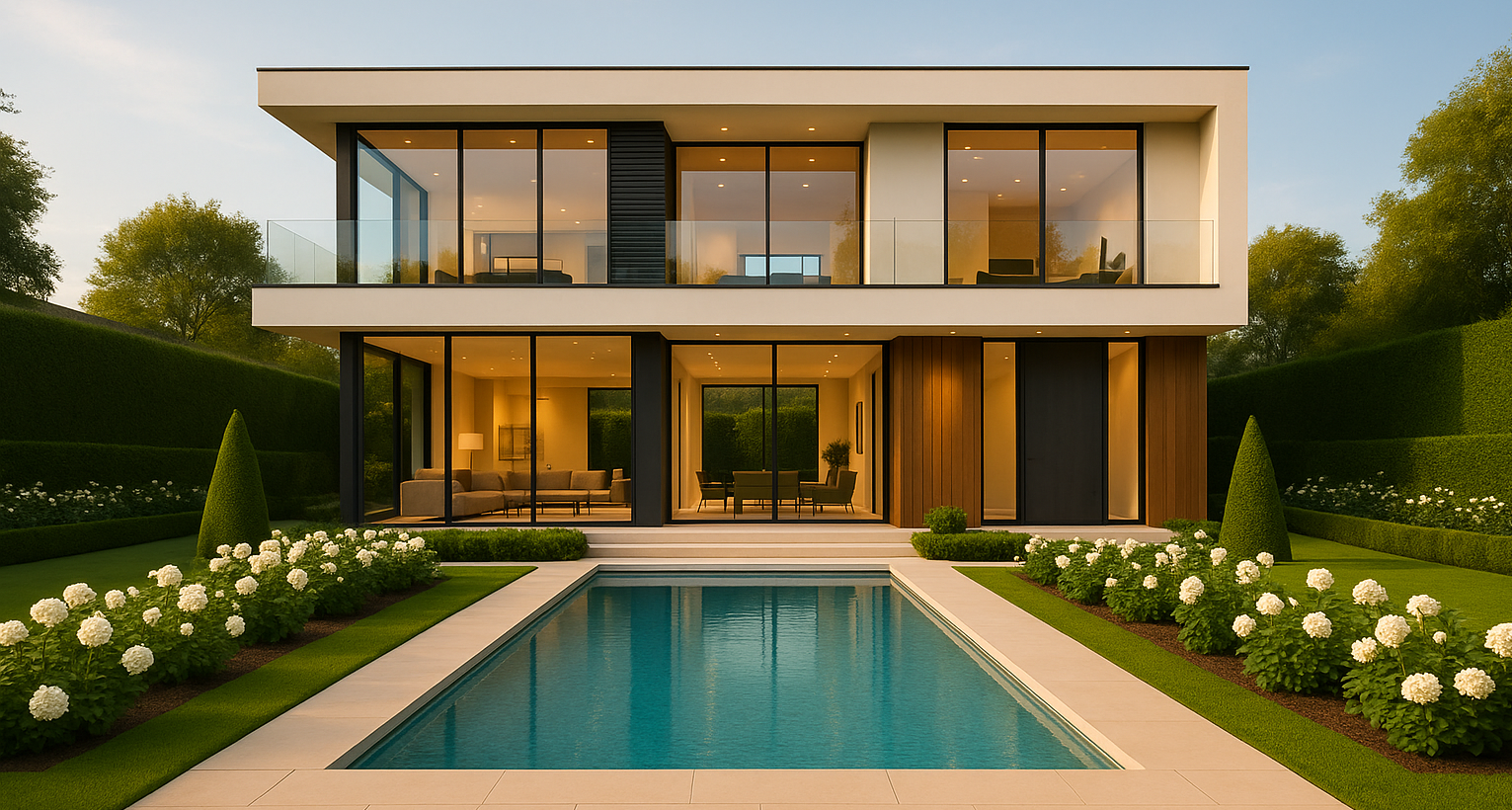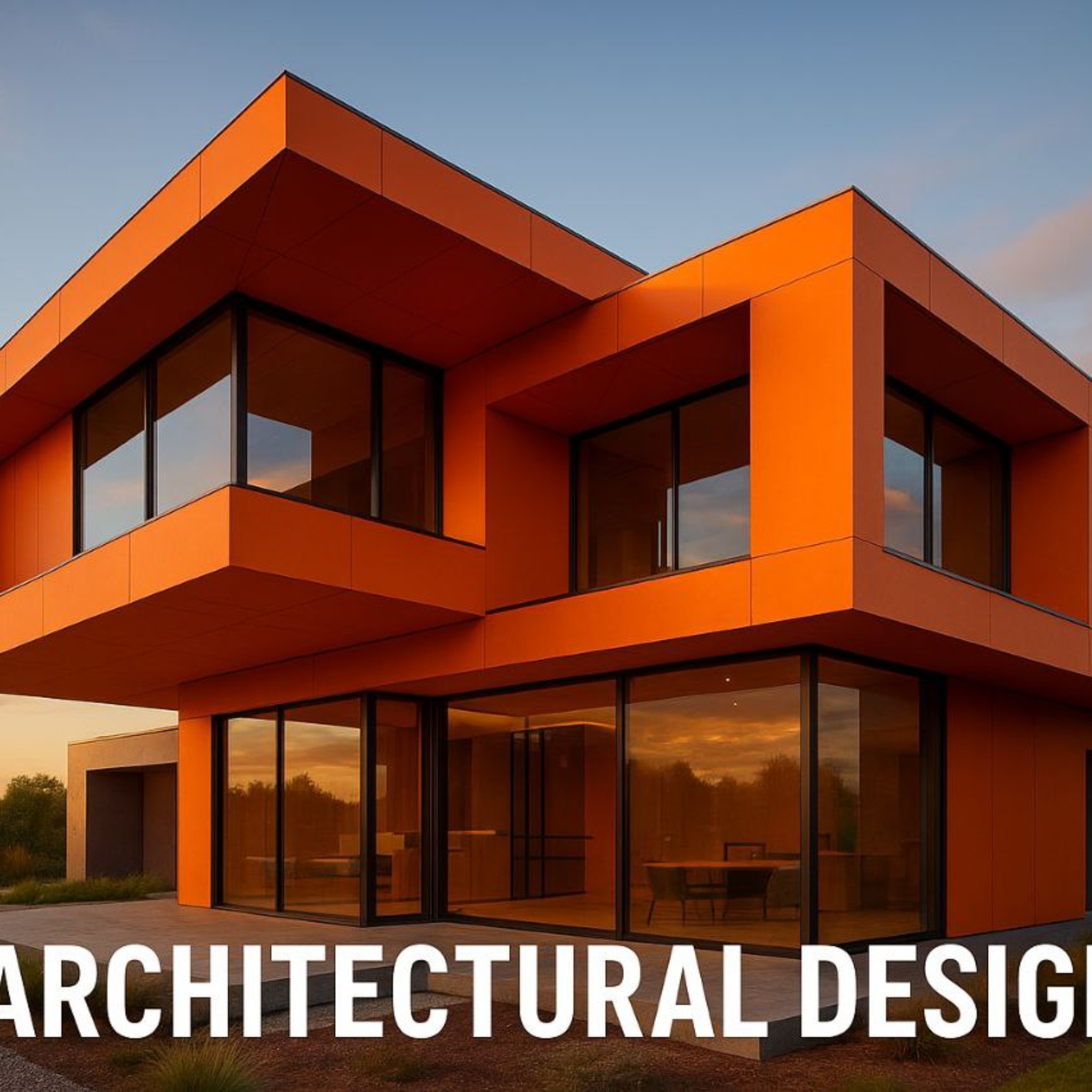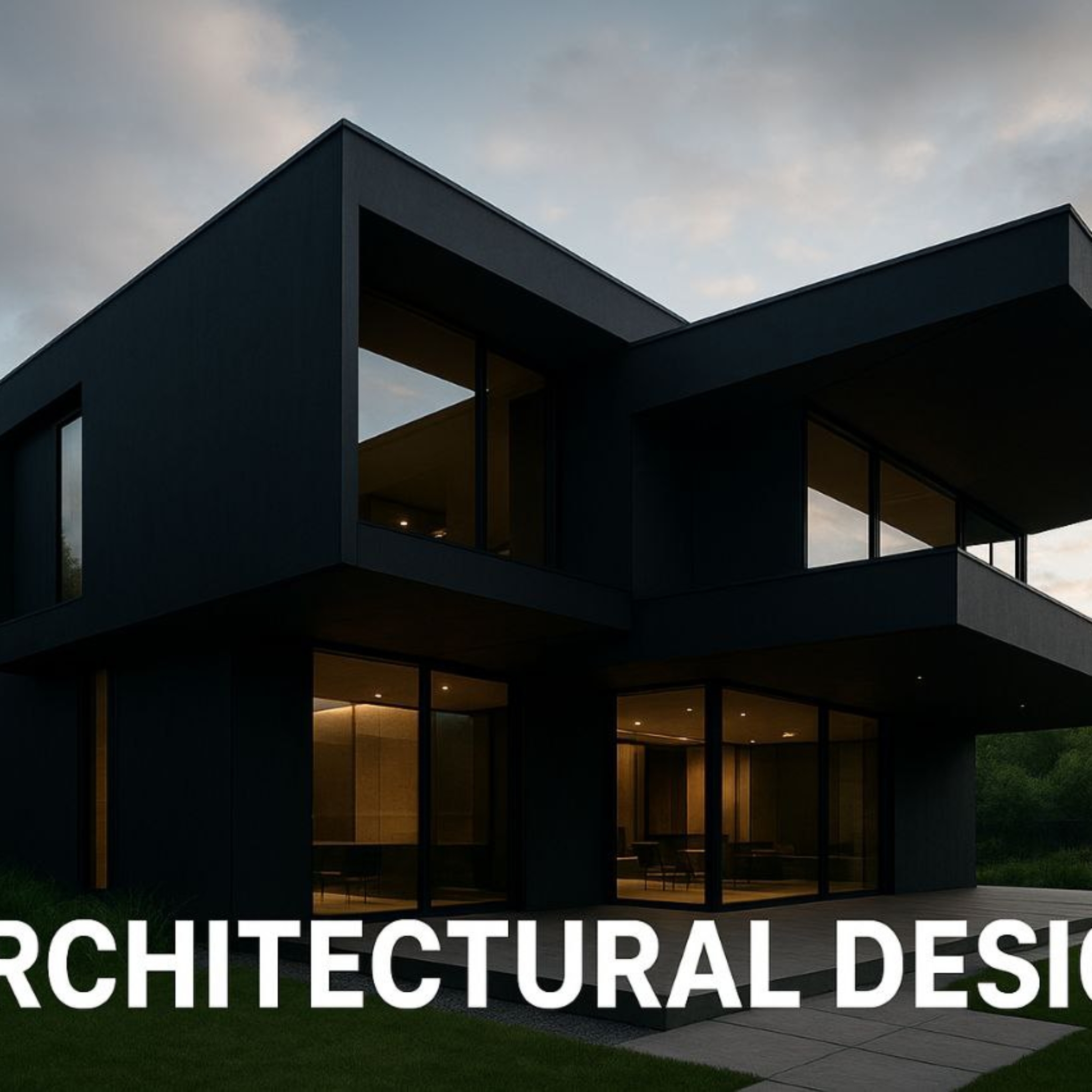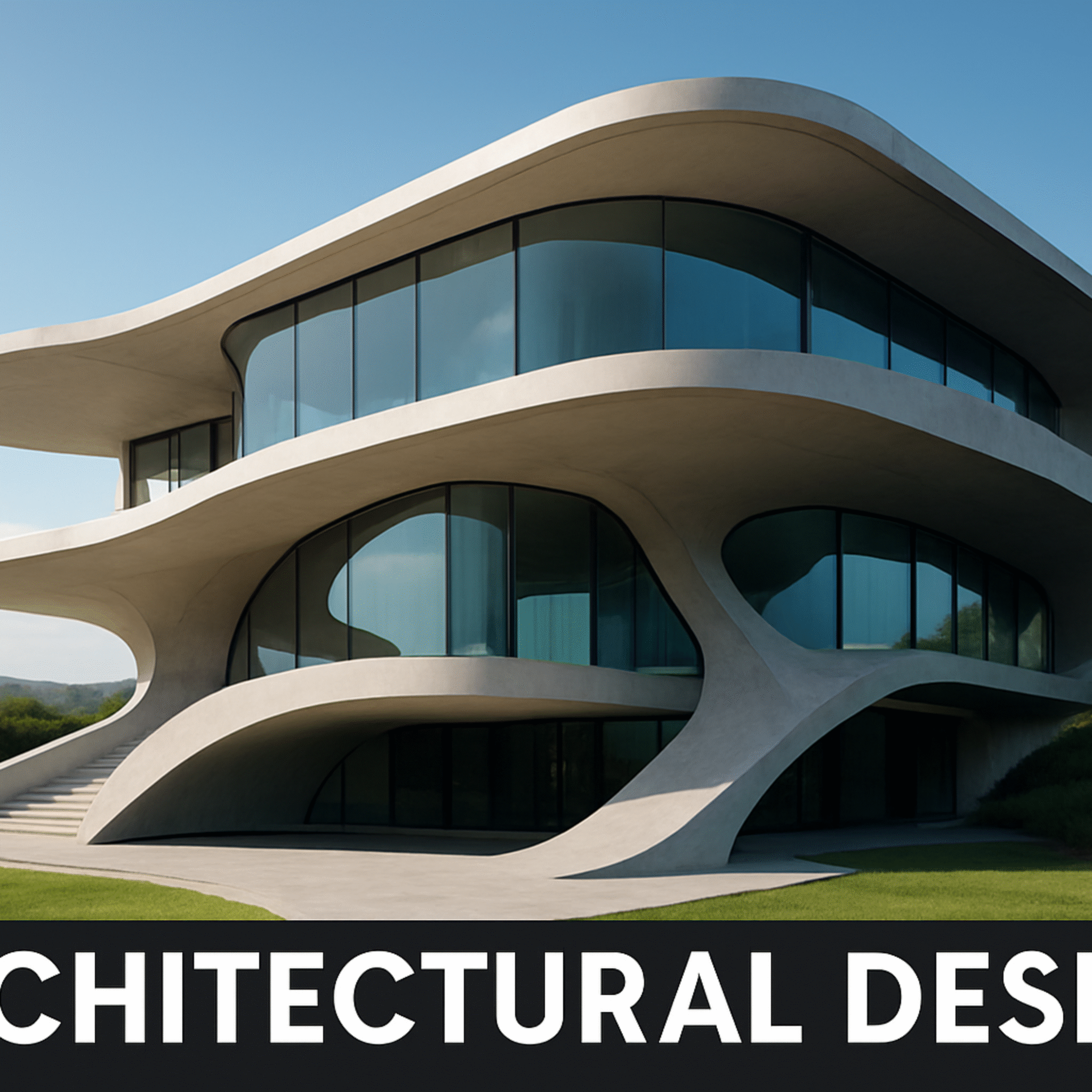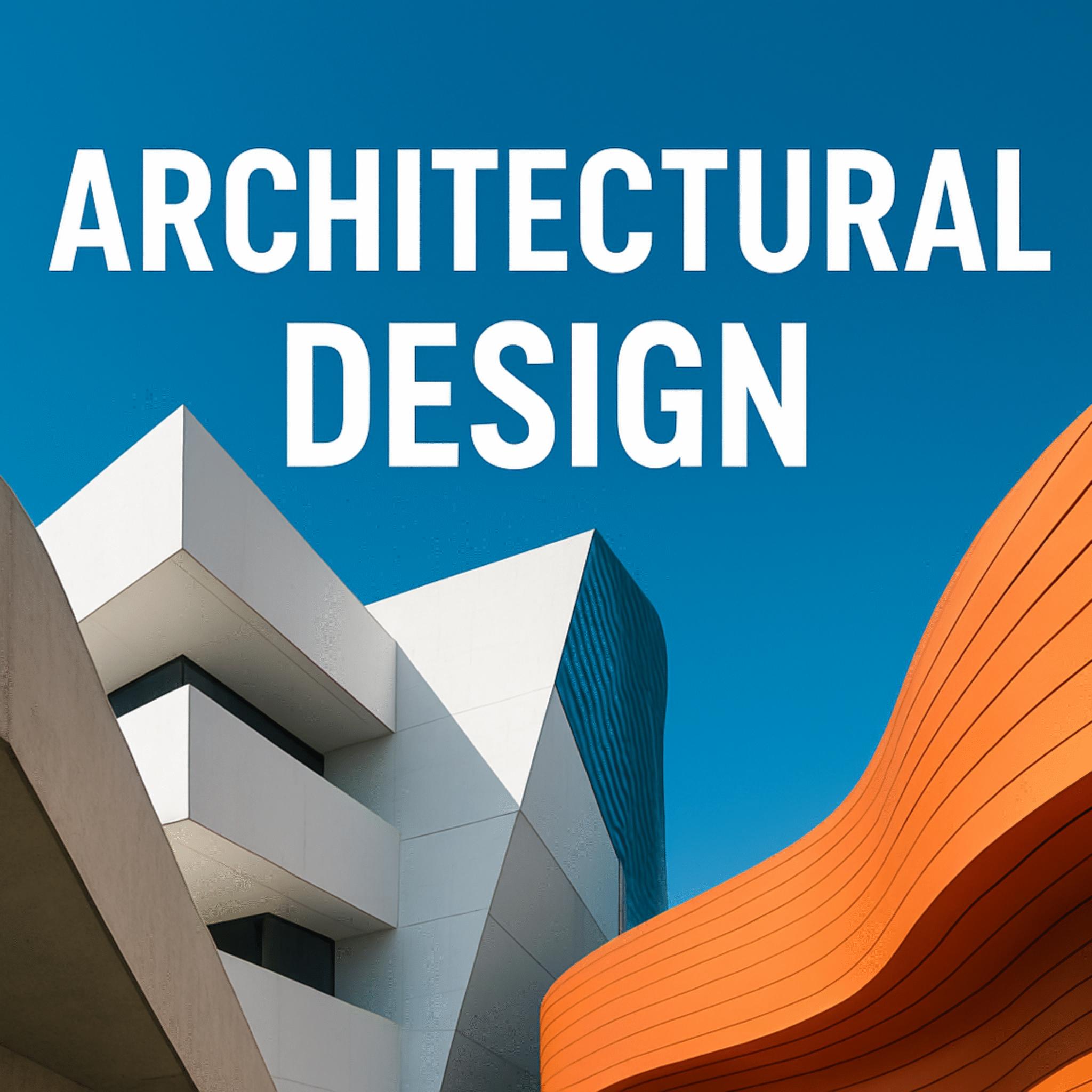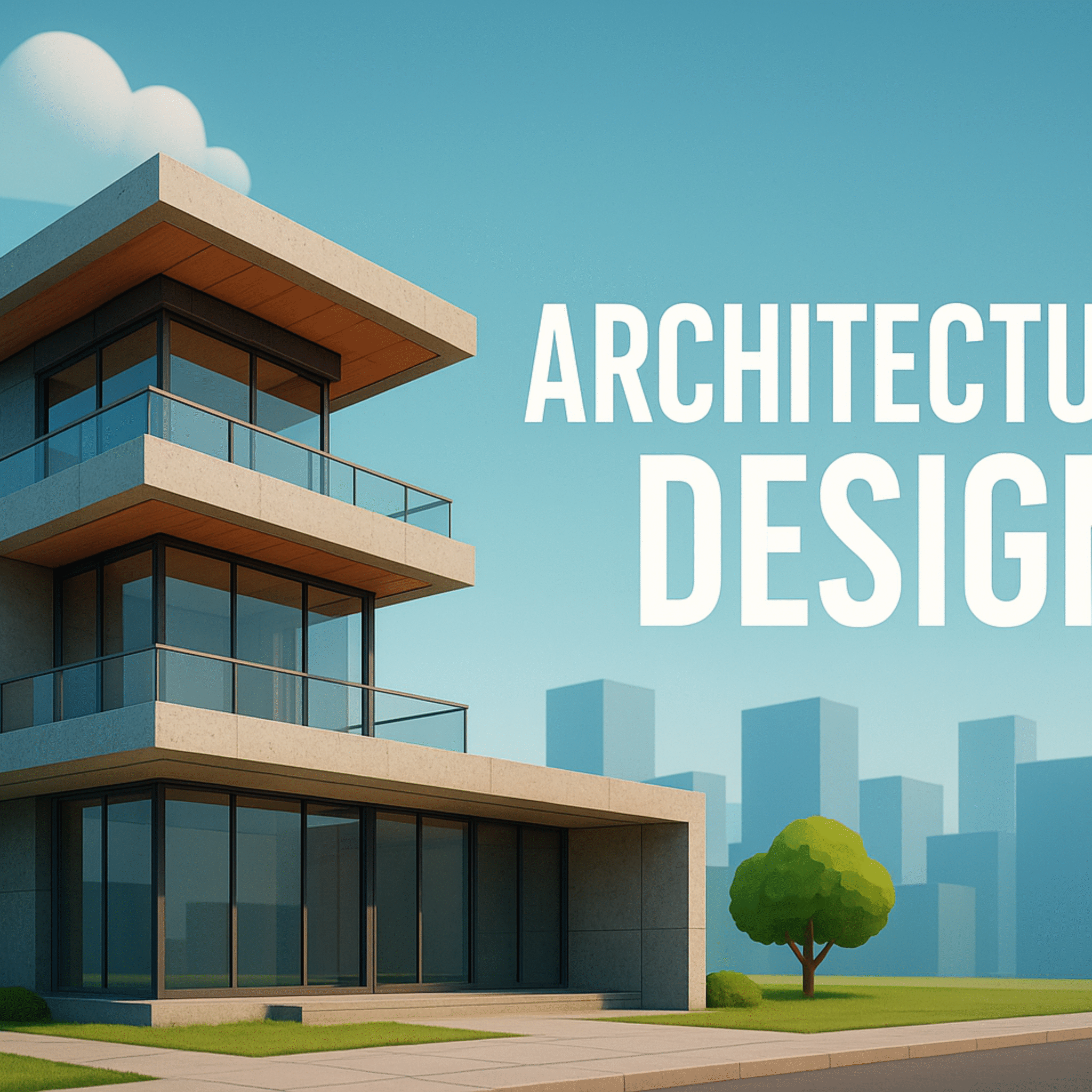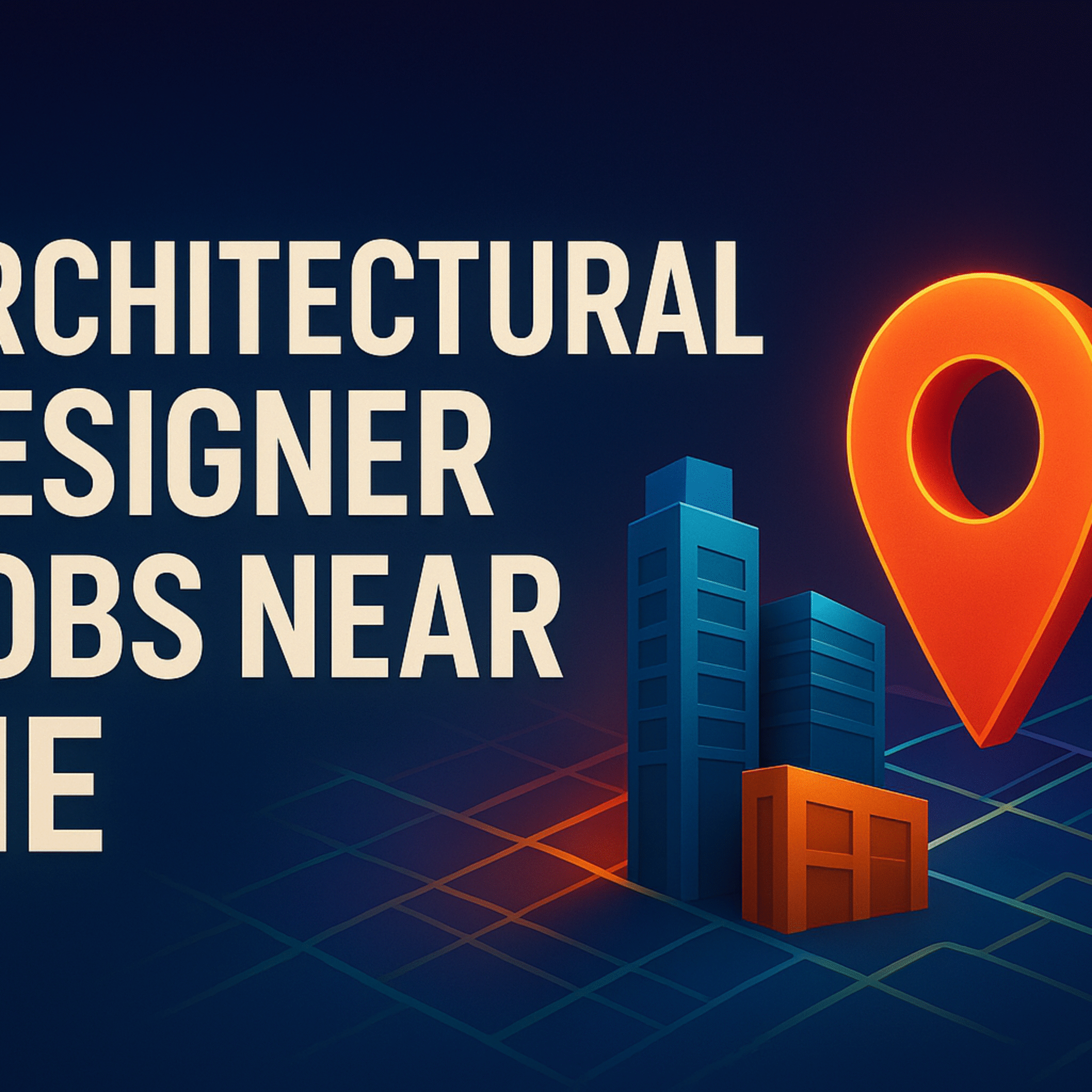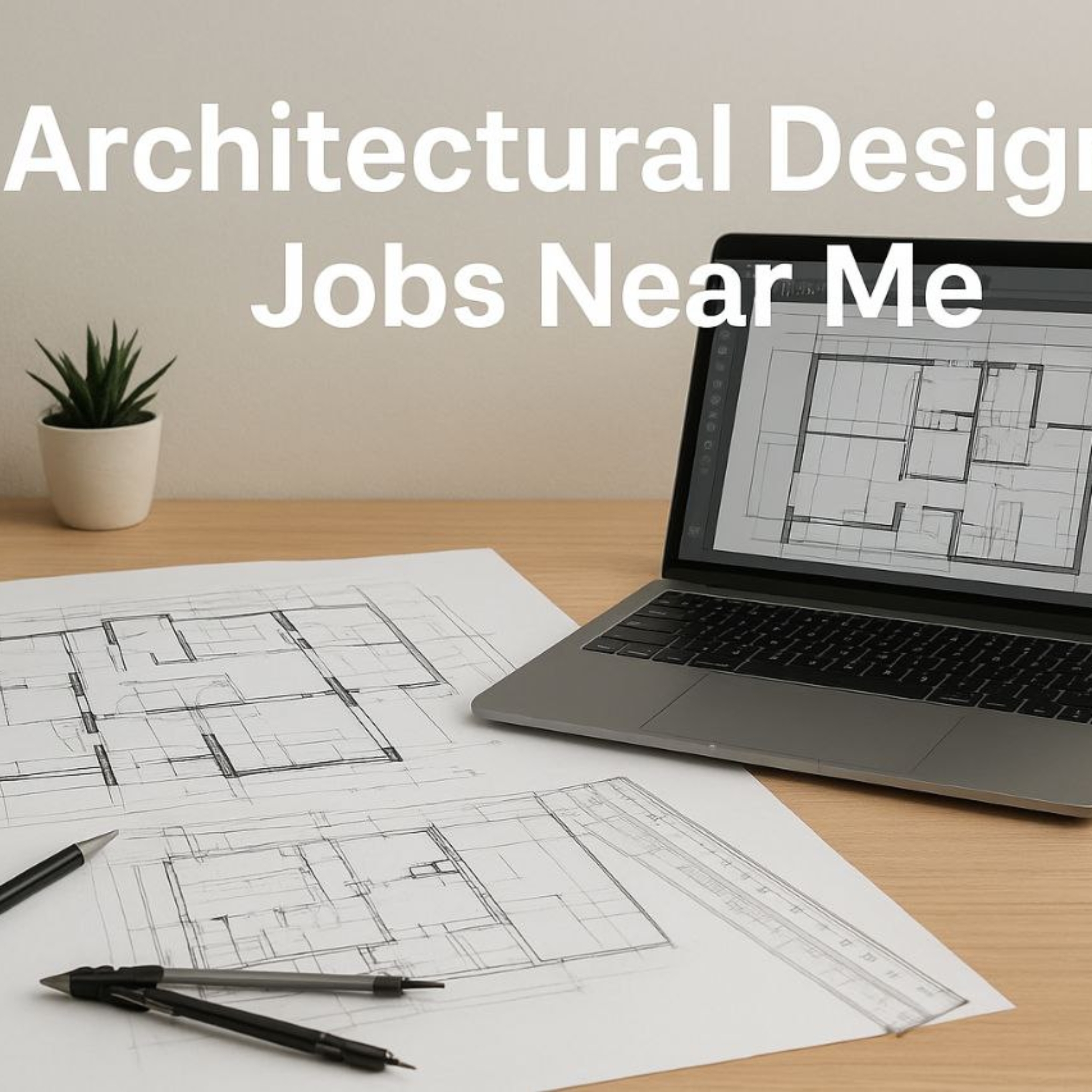Architectural design
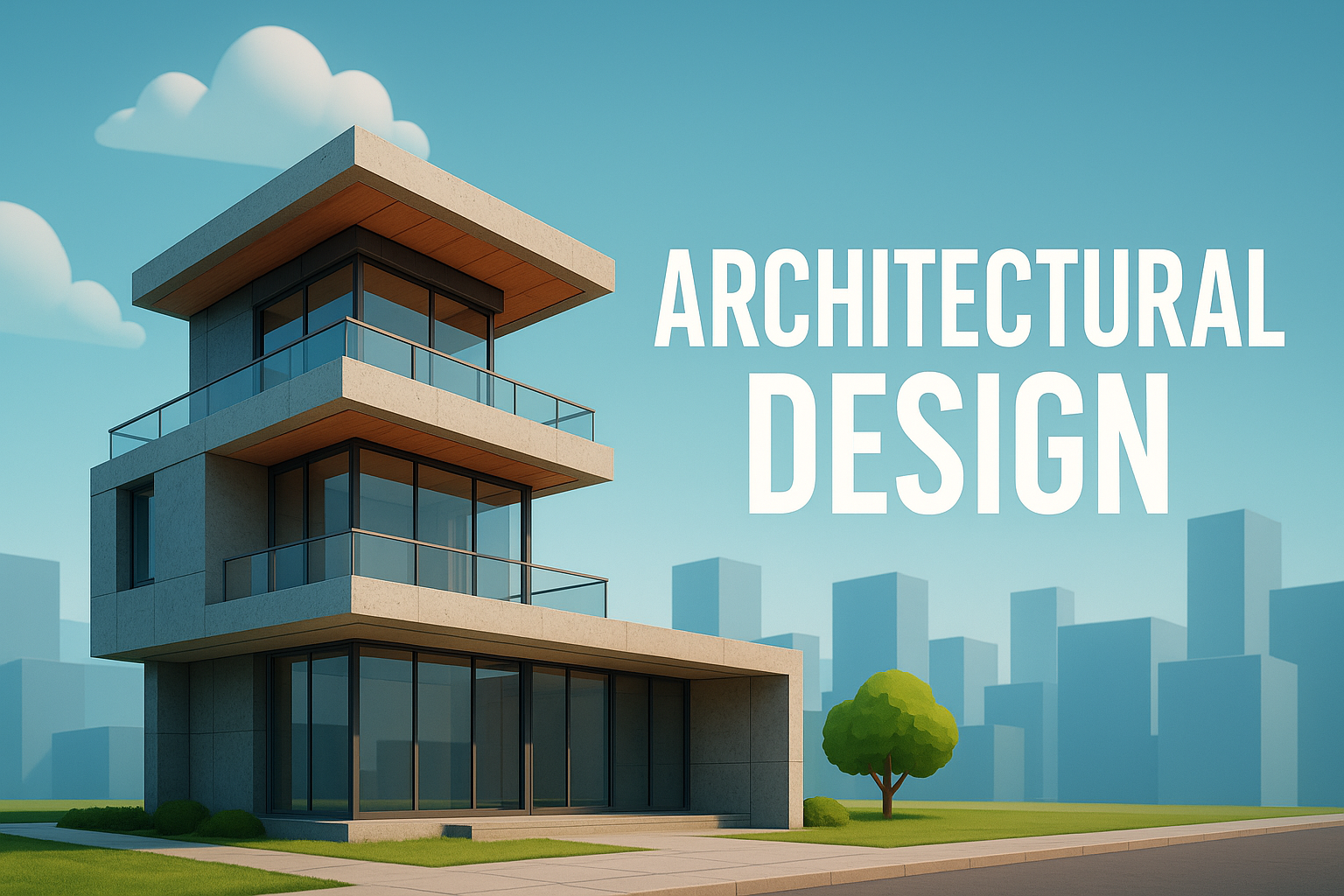
What is architectural design ?
Architectural design is all about creating spaces that feel natural and human. It’s more than just making buildings look good; it’s about making them comfortable and inviting. When designers think about how people will use a space, they focus on flow and simplicity. For example, a cozy coffee shop with warm lighting and comfy seats makes you want to stay a little longer.
Good design considers how we move through a space. It’s about making everything easy and intuitive. Imagine walking into a park and noticing how the paths guide you smoothly from one spot to another. That’s good design at work. It’s not just about aesthetics but about feeling right.
Sometimes, the best buildings look simple but are thoughtfully planned. They blend into the environment and feel like a natural part of the surroundings. Think of a small home in the countryside—its design feels familiar and welcoming, not cold or distant.
In the end, architecture that feels natural and human is about connection. It’s about creating places where people can relax, work, or gather without feeling lost or overwhelmed. That’s the magic of good design.
architectural designs
Architectural designs should feel natural and human at the same time. When you walk into a building, you want it to be welcoming, not cold or intimidating. Good architecture blends with its surroundings, like a friend that fits perfectly into your life. Think of cozy cafes or small parks—those spaces make you feel comfortable and relaxed.
Designs that are too rigid or modern can sometimes feel impersonal. But when architects add curves, warm materials, or natural light, the space becomes alive. It’s all about creating a vibe that makes people want to stay and feel at home.
Imagine a house with big windows overlooking a garden or a city street. It connects you to nature and your neighborhood. Or a simple public square where people naturally gather without feeling forced. These are examples of how good design can be both beautiful and human.
In the end, architecture isn’t just about looks. It’s about making spaces that resonate with real life, where people can feel comfortable, inspired, and connected.
free architectural design software
Looking to design a building or a space but don’t want to spend a fortune on software? Luckily, there are some really good free architectural design tools out there that can help you get started without breaking the bank. These programs are user-friendly and perfect for beginners or anyone who just wants to play around with ideas.
One popular option is SketchUp Free. It’s simple to learn and lets you create 3D models quickly. You can draw walls, add furniture, and see how everything looks from different angles. It’s like doodling in 3D, but with more precision. Many people use it for home projects or just to get a feel for their designs before moving to more complex software.
Another good choice is FreeCAD. It’s a bit more technical but still free. It’s great if you want to do more detailed work or learn some of the basics of CAD. The interface might take a little time to get used to, but it’s worth it if you’re interested in a more professional approach.
For those who prefer designing on the web, Floorplanner is a fun option. It’s perfect for creating floor plans quickly. You can drag and drop walls, windows, and furniture. It’s intuitive and makes planning a room feel almost like playing a game.
Lastly, Sweet Home 3D is a nice free tool for interior design. You can layout your space, add furniture, and see the results in 3D. It’s great to visualize how your space will look before you even start building.
All these tools are free and accessible. They won’t replace professional software, but they’re fantastic for hobbyists, students, or anyone curious about architectural design. Give them a try and see what you can create!
ai for architectural design
AI is changing the way architects work. These days, artificial intelligence tools help designers come up with ideas faster and more creatively. Instead of drawing everything by hand, you can feed in some basic concepts, and AI can generate multiple building options in seconds. It’s like having a super-smart assistant by your side.
Imagine you’re designing a small neighborhood. You can tell the AI what you want—maybe a park nearby, enough sunlight, and a modern look. Then, it creates different layouts that match your needs. It saves time and sparks new ideas you might not have thought of on your own.
Some people worry that AI might take away the human touch. But really, it’s more like a helper that gives you inspiration and options. Architects still make the final choices. AI just speeds up the process and makes it easier to explore many possibilities.
Plus, AI can also help with things like energy efficiency, material selection, and even predicting how buildings will age over time. It’s like having a smart partner who looks out for the future of a project.
Overall, AI isn’t here to replace architects. It’s here to make their work more exciting and less stressful. In the end, good design still depends on human creativity and vision. AI is just opening new doors for innovation in architecture.
bachelor of architectural design
A Bachelor of Architectural Design is more than just a degree. It’s about learning how to turn ideas into spaces where people can live, work, and relax. Think of it as a journey into how buildings and environments shape our daily lives. It’s not only about drawing pretty pictures; it’s about understanding the needs of users and creating functional, beautiful spaces.
During the program, students get a mix of technical skills and creative thinking. They learn how to use different tools, from hand sketches to computer software. But more than that, they explore the history of architecture, learning from old buildings and modern designs alike. It’s like having a conversation with the past while imagining the future.
This degree often involves projects that feel a bit like solving puzzles. You might design a community center or plan a small neighborhood. It’s about making sure the design works in real life—not just on paper. And yes, teamwork is a big part of it. Architects rarely work alone; they collaborate with clients, engineers, and even artists.
In the end, a Bachelor of Architectural Design opens doors to many careers. Whether you want to be an architect, a designer, or work in urban planning, it’s a solid first step. Plus, it’s a chance to be creative and make a difference in the world around you. If you love drawing, problem-solving, and thinking about how spaces affect people, this might be the perfect path.
architectural designs house plans
A Bachelor of Architectural Design is more than just a degree. It’s about learning how to turn ideas into spaces where people can live, work, and relax. Think of it as a journey into how buildings and environments shape our daily lives. It’s not only about drawing pretty pictures; it’s about understanding the needs of users and creating functional, beautiful spaces.
During the program, students get a mix of technical skills and creative thinking. They learn how to use different tools, from hand sketches to computer software. But more than that, they explore the history of architecture, learning from old buildings and modern designs alike. It’s like having a conversation with the past while imagining the future.
This degree often involves projects that feel a bit like solving puzzles. You might design a community center or plan a small neighborhood. It’s about making sure the design works in real life—not just on paper. And yes, teamwork is a big part of it. Architects rarely work alone; they collaborate with clients, engineers, and even artists.
In the end, a Bachelor of Architectural Design opens doors to many careers. Whether you want to be an architect, a designer, or work in urban planning, it’s a solid first step. Plus, it’s a chance to be creative and make a difference in the world around you. If you love drawing, problem-solving, and thinking about how spaces affect people, this might be the perfect path.

